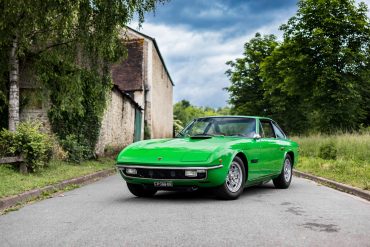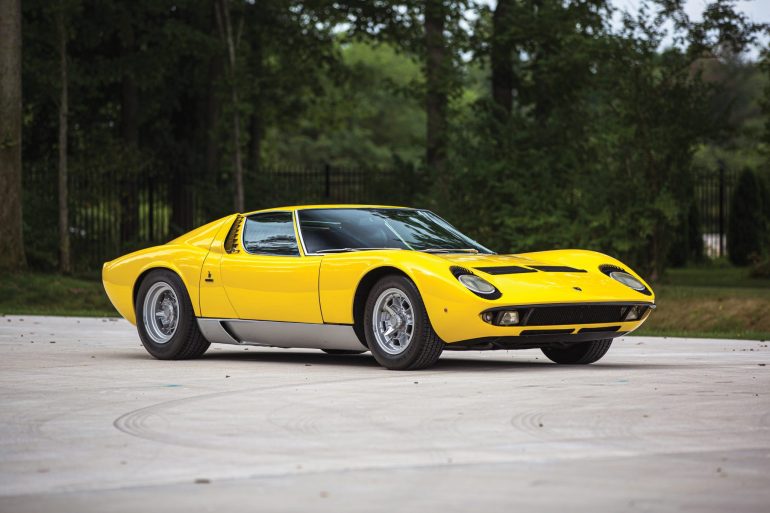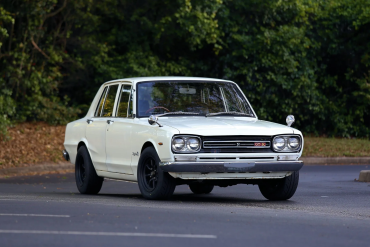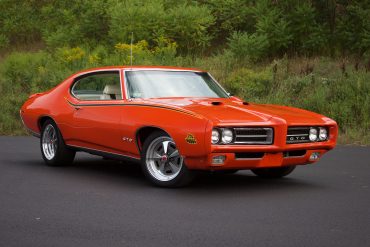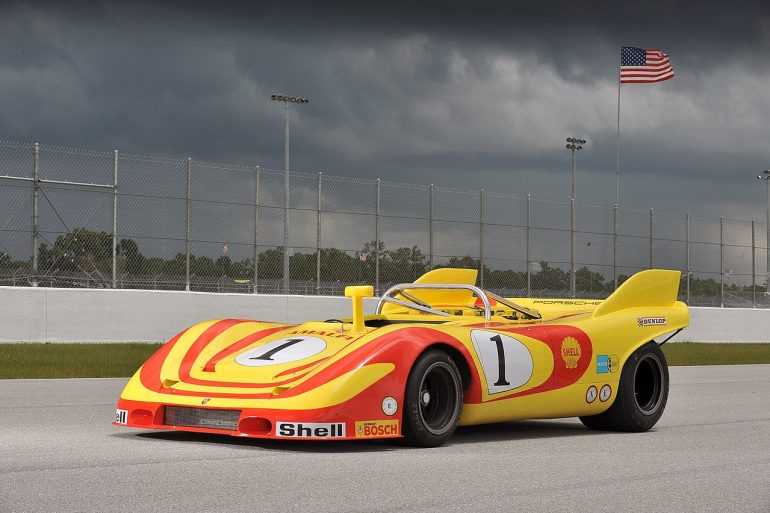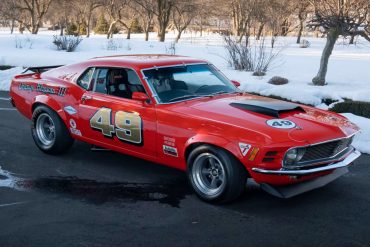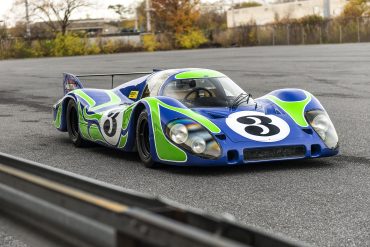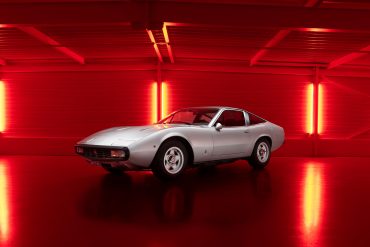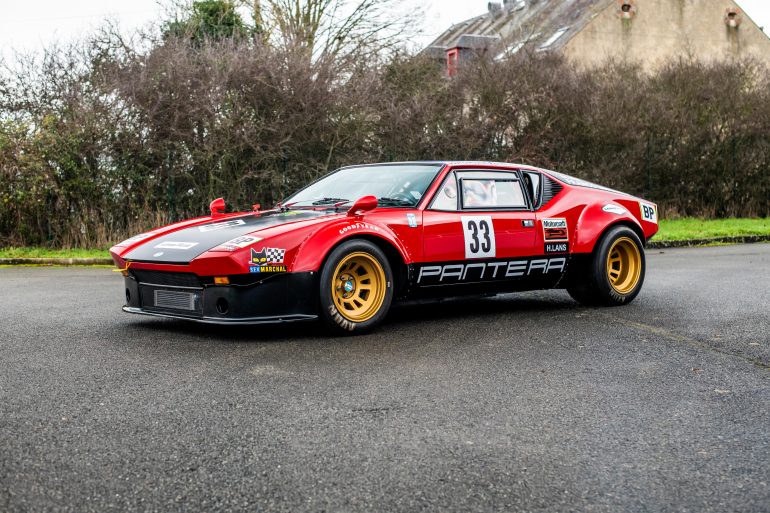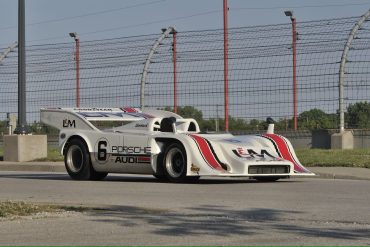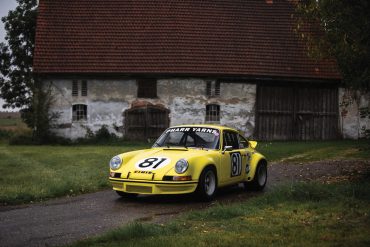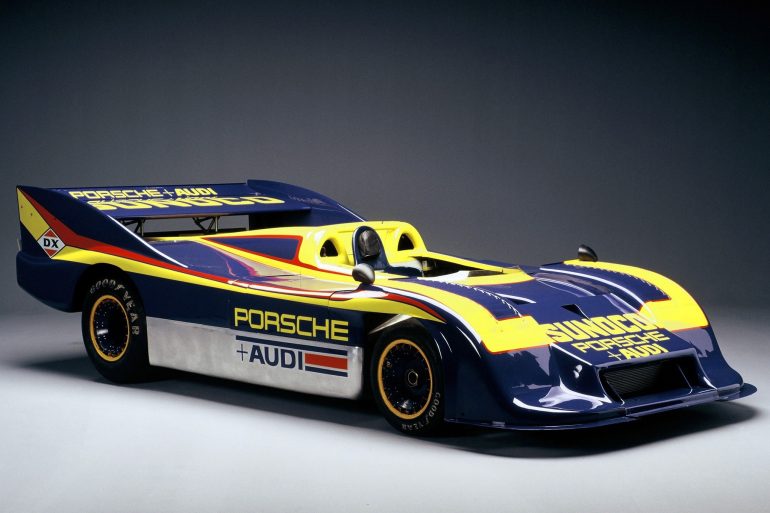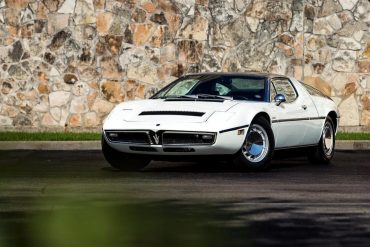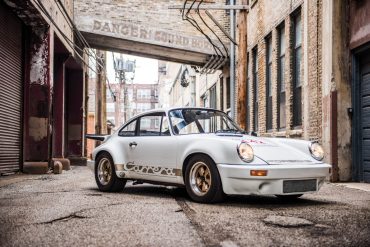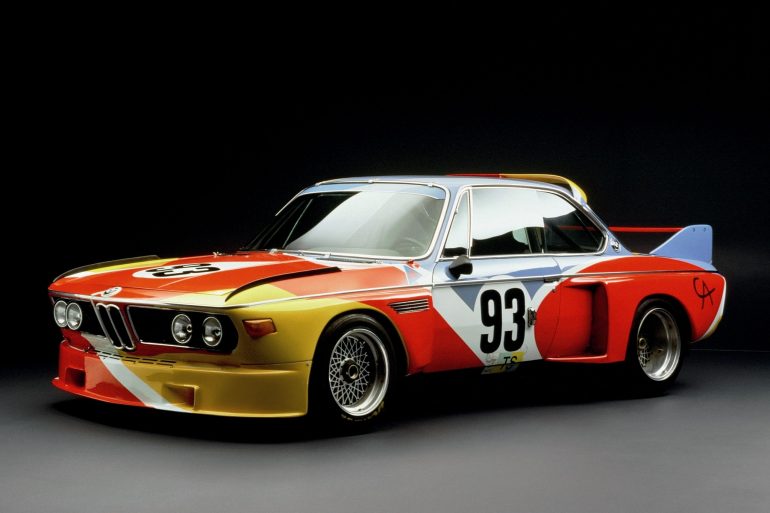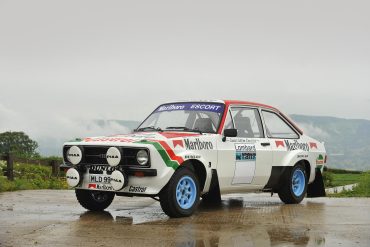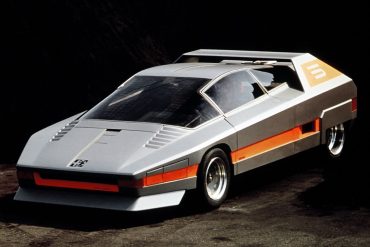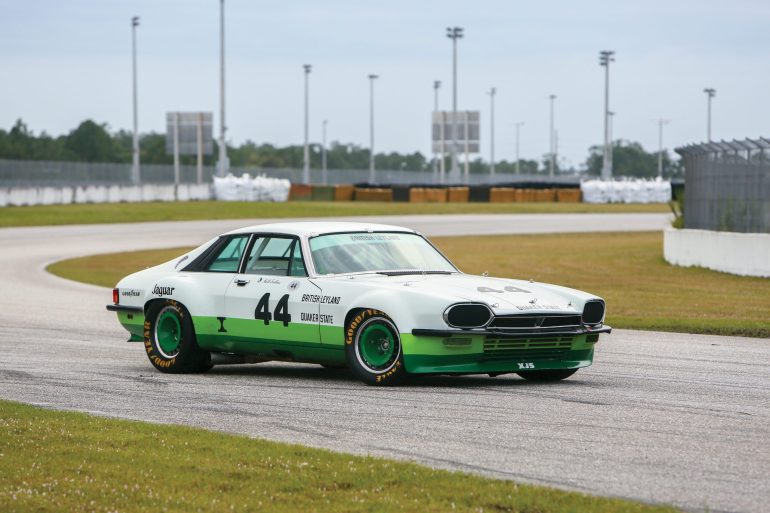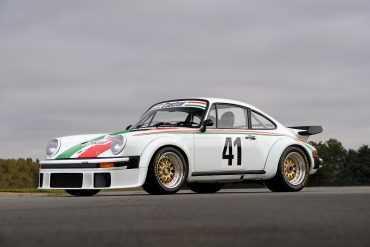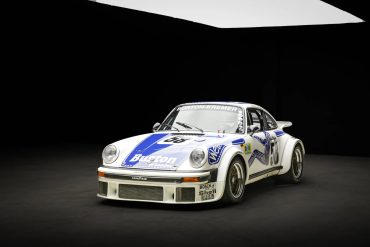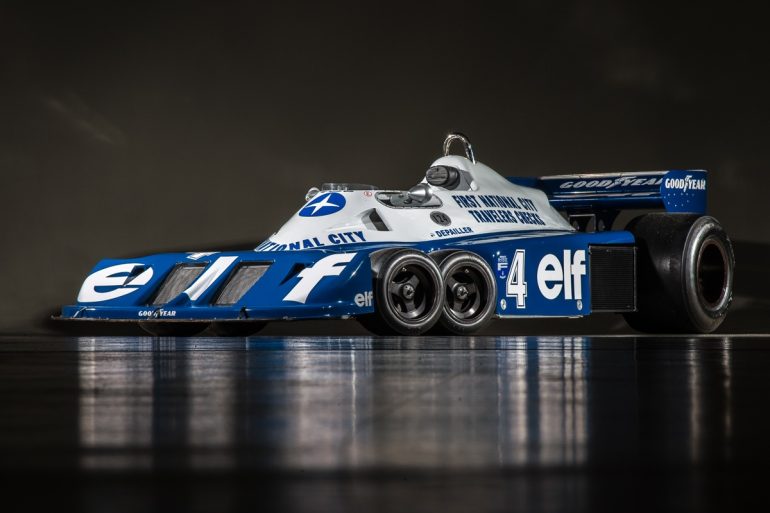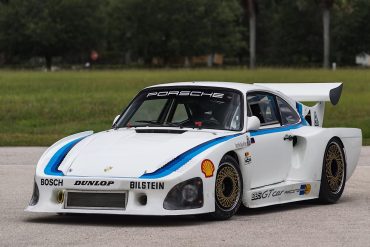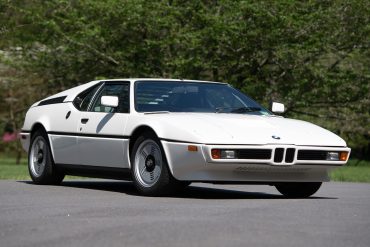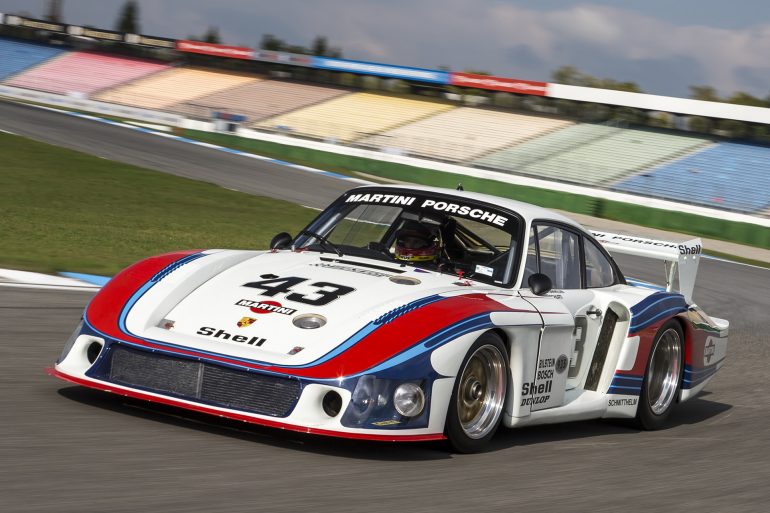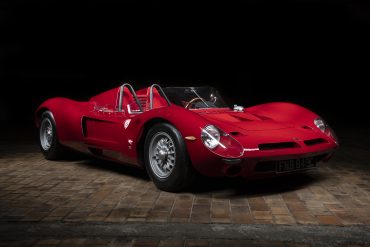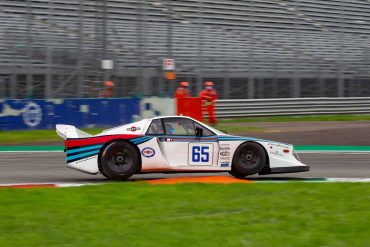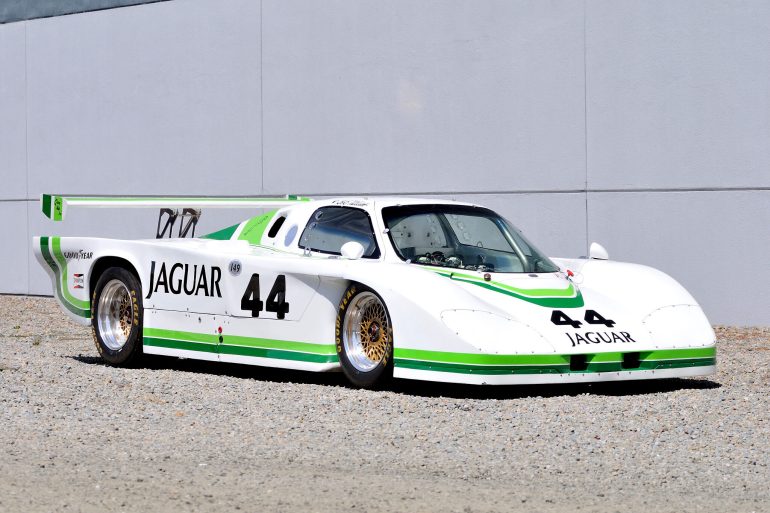With the disappointing performance of the 1968 Dodge Charger 500 in NASCAR competition and Plymouth’s superstar Richard Petty leaving them...
Launched in 1968 at the Geneva Salon, the Islero marked an evolution from the 400 GT 2+2, itself derived from...
Ferruccio Lamborghini’s challenge to Ferrari began in 1964 with the 350GT, but it was the introduction of the Miura, often considered the pioneer of the supercar category, that firmly established Lamborghini as a renowned manufacturer of high-end sports cars. Prior to the Miura’s official unveiling at the 1966 Geneva Salon,...
Launched in February 1969, this was the first Skyline to wear the GT-R badge. This special model was heavily modified...
As a car credited for starting the muscle car era, the Pontiac GTO enjoys legendary status as a truly revolutionary car. The...
Of all the 917 variants, the ‘Interserie Spyder’ was one of the most successful. It won the Interserie championship outright for two years in a row before the model was replaced by the 917/10 of 1972. Three lightweight 917 Spyders were prepared by Porsche specifically for the Interserie, a new...
The Citroen SM is a high-performance luxury coupe produced from 1970 through 1975. Upon its release, the Citroën SM exceeded...
From 1975 to 1977, this remarkable vehicle dubbed as “Orange Blossom III,” competed in prestigious endurance races such as the...
The 908/3 prototype was built for the sole purpose of winning the Targa Florio and Nürburgring legs of the world Championship. The 908 specialized in lightweight design through the use of a 48 lbs titanium space frame and 26 lbs body. Known as the Porche miracle by Italians, the 908/3s won...
Due to the aerodynamic instability of the 917 in the 1969, two separate configurations were used in 1970. These were...
Unveiled at the 1971 Geneva Motor Show, the 365 GTC/4, a rare model with limited production, shared the platform with...
De Tomaso not only produced road cars but also offered Panteras configured for FIA’s Group 3, Group 4, and Group 5 categories. Launched in 1972 with assistance from former Ferrari Formula 1 driver and engineer Mike Parkes, the Group 4 Pantera retained the stock steel monocoque chassis while upgrading nearly...
After claiming two Le Mans victories with the iconic 917 Kurzheck, Porsche’s Weissach engineers converted it into a Group 7...
Introduced in 1973, the RSR was a factory-built racing car based on the 911 chassis. The 2.8 RSR looks different...
The ultimate expression of CanAm’s unique sky’s-the-limit approach to technical regulations, this 1200bhp twin-turbo monster was a sensation, rubbing salt into the opposition’s wounds by totally dominating the 1973 season after its predecessor. The Porsche 917/30 was a derivative of the 917/10 and it was the first real turbocharged racing car developed to...
The Maserati Bora was unveiled in 1971 at the Geneva International Motor Show and was produced until 1978 with 564...
The 1974 Porsche 911 Carrera RS 3.0 stands as the ultimate evolution of the naturally aspirated Porsche 911 designed for...
This BMW 3.0 CSL is the first of BMW’s world-famous Art Cars. Created in 1975, it was one of the last works produced by American artist Alexander Calder before his death. A sculptor normally accustomed to producing shapes of his own, Calder brought his own, inimitable character to the stunning...
Most people probably don’t know that Ford has been around in rally racing almost as long as it has in...
At the 1976 Geneva Motor Show, Alfa Romeo revealed the final iteration of its series of concept cars based on...
This is the Group 44 Jaguar XJS that won the Trans-Am Category 1 Drivers’ and Manufacturers’ Championship in 1978, racing against cars like the Corvette, Porsche, Datsun, and Camaro. Jaguar had initially released the XJS to lukewarm reception, but decided to use the “win on Sunday, sell on Monday” strategy...
The Porsche 934, first introduced in 1976, was the Group 4 GT race version of the Typ 930 Turbo road car....
The 934, introduced for the 1976 racing season, utilized the production 930 as its foundation. It incorporated a front spoiler...
Tyrrell’s Project 34 six-wheel Formula One car was one of those refreshingly radical cars that used to come into Grand Prix racing in the 1970s. It was designed and built by Derek Gardner, the chief designer for Tyrrell Racing Organisation at that time. It was unique in that it had...
This 1977 Porsche 935 K3, identified by Chassis No. 930-770-0907, boasts a remarkable racing history, having achieved four first-place victories...
Whilst the 6 Series made its debut, engineers were secretly working on the development of a distinctive BMW sports car,...
The 935/78 was the ultimate expression of the 911 factory race car before Porsche officially withdrew from motor sport. Raced under the Group 5 silhouette series, great liberties were taken with the design and the result was nicknamed ‘Moby Dick’ for its large size and huge overhangs. Only one 935/78...
During the 1950s, Bizzarrini played a crucial role in developing the Ferrari 250 Testa Rossa and the 250 GTO. However,...
The Beta Montecarlo was Lancia’s range-topping production model, powered by a 2.0-liter, twin-cam, four-cylinder unit designed by Aurelio Lampredi. The...
This XJR-5 epitomizes everything that is best about American racing design, construction and preparation combined with the best of British international racing heritage and pedigree from Jaguar. It was campaigned in IMSA Championship by the best drivers such as Brian Redman and built by Bob Tullius’ Group 44 racing. Bob...



